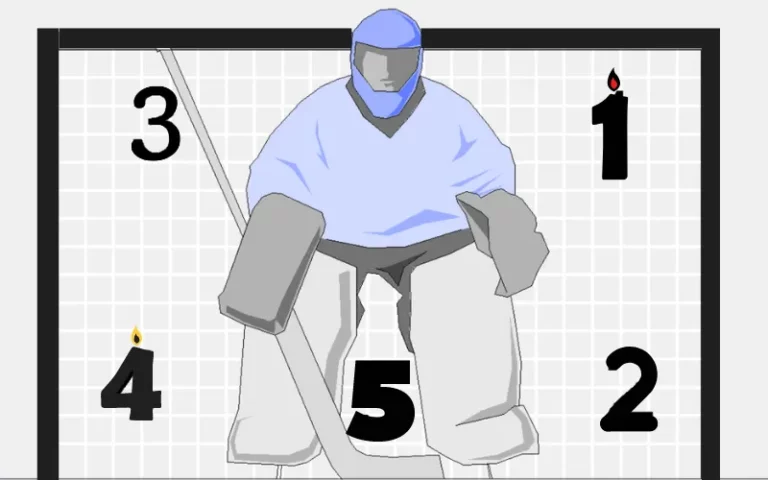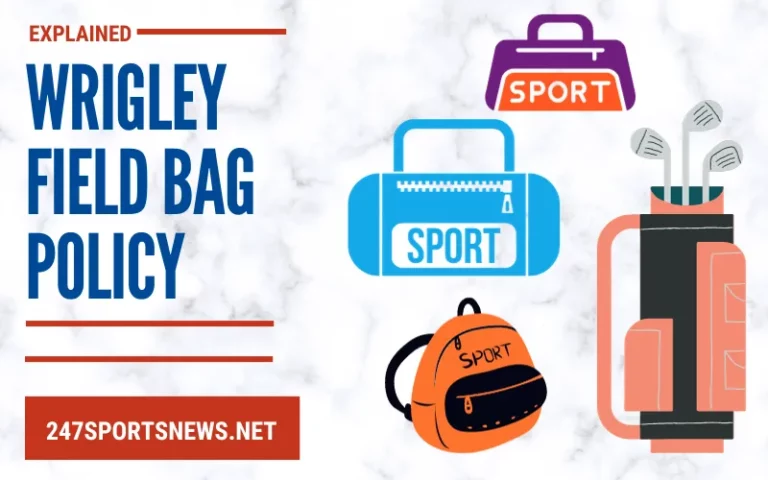Why Do Soccer Players Fake Injuries? | Reasons & Details
When approached by another player in football, players are known to pretend to be injured. Currently, using a free throw or penalty kick to your advantage is considered part of the game. But why do soccer players fake injuries?
Soccer players pretend to be injured to get an edge. To persuade the referee that the defender committed a penalty, one can pretend to be injured. Falsifying an injury also increases stoppage time and slows down the game’s tempo. You’ll learn in this essay why soccer players falsify illnesses and perform poorly to obtain an edge.
Soccer Players Faking Injuries:
The issue of soccer players fabricating injuries has been a controversial one for many years. To gain an advantage for their team, such as buying time, stopping the opponent’s momentum, or trying to influence the referee’s choices, a player may exaggerate or fake an injury.
What is it called when a Soccer Player Fakes an Injury?
The terms “simulation,” “diving,” or “flopping” are all used to describe when a football player faking an injury. These phrases refer to the act of exaggerating or claiming to be hurt when little to no contact with an opponent has taken place. Simulating plays is mostly done to trick the referee and provide the player’s team an unfair advantage, such as getting the opponent a free-kick, penalty, or card.
Football referees and regulating organizations refer to this activity more formally as “simulation.” While “flopping” is a phrase frequently used in North America, “diving” is a more informal term that is notably utilized in English-speaking nations. Regardless of the term chosen, simulation is usually disapproved of in the soccer community since it violates the values of fair play and sportsmanship.
6 Reasons for Faking Injuries of Soccer Players:
Although pretending to be injured while playing football is unethical and discourteous, certain players may do so for a variety of reasons:
1) Time-wasting and game management:
Players may fabricate injuries to extend the game’s duration and cause havoc if their team is ahead or wants to maintain a lead. They can use this to slow down the action, annoy their opponents, and decrease the probability that they can make an appearance.
2) Gaining a competitive advantage:
To trick the referee into making favorable judgments, such as awarding free kicks, penalties, or cards against the opposition team, players may pretend to be injured. This could provide their team a benefit during pivotal games.
3) Psychological impact:
It is also possible to utilize injury-faking as a strategy to psychologically weaken your adversaries. It could result in unintentional errors, harm the mood of the opposing team, and promote a toxic environment on the pitch.
4) Breaking the rhythm of the game:
Players may pretend as injured during intense games to stop the action. By interfering with the opponent’s tempo, you can keep them from taking the initiative or building momentum.
5) Protection from counter-attacks:
When a team loses control and is exposed to a counterattack, a player may pretend to be injured to stop play. So, a potential threat can be avoided and their team can defensively regroup.
6) Seeking empathy and leniency:
In an effort to gain sympathy from the referee or opponents and gain leniency in subsequent challenges or rulings, some players may exaggerate small contact.
It’s essential to keep in mind that, whatever the potential motivations behind the act of fabricating injuries, doing so is unethical and dishonorable. Such actions are contrary to the spirit of the game because football is meant to be a sport of skill, athleticism, and sportsmanship. Football officials are still working on solutions to this problem, like employing video technology to assess problematic events and penalize players for simulation or diving. Maintaining soccer’s reputation as a legitimate sport and making it enjoyable requires developing a culture of fair play and honesty.
Why Do Soccer Players Wear Masks?
Masks are sometimes worn by soccer players for a variety of reasons, such as:
- Medical Reasons:
If they have suffered face fractures, surgeries, or injuries, football players may wear masks. The mask encourages healing while providing protection for the damaged area while playing.
- COVID-19 precautions:
Soccer players and other athletes were frequently obliged to wear masks while not actively participating in the game during the COVID-19 pandemic. This was done to lessen the chance of virus transmission among the personnel and players.
- Respiratory Conditions:
Masks may be used by athletes with breathing disorders, such as asthma, to assist them regulate their breathing while working out. Masks of a certain kind can help with treating respiratory conditions.
- Pollution and environmental factors:
Players may choose to wear masks in regions with high pollution or poor air quality to lessen their exposure to dangerous compounds and preserve better respiratory health.
- Preventive measures:
In times of illness outbreaks or when playing in settings where there is a higher danger of infection, some players might decide to wear masks as a precaution.
It’s important to remember that football mask regulations might change according to the league, nation, and certain circumstances. For specific reasons, players might be permitted or compelled to wear masks in some scenarios, while safety or performance concerns might prevent mask use in other circumstances.
Why Do Soccer Players Wear Bras?
Both male and female football players may wear sports bras for a variety of reasons, but the main ones have to do with support, comfort, and injury prevention. It’s vital to note that the phrase “sports bra” refers to a specific kind of undergarment made to offer extra support during athletic activities, including soccer, and is frequently misused. These bras are not the same as conventional bras, which emphasize daily support and appearance primarily.
For female soccer players:
Sports bras are made to reduce breast movement as you work out. A sports bra can give the essential support to lessen discomfort and potential long-term injury to breast tissue because soccer requires running, jumping, and unexpected movements. The risk of breast-related injuries, such as tissue damage, discomfort, or ligament strain, which can happen when breasts are not correctly supported during athletic activities, can be decreased with proper breast support. In order to assist keep the body dry by wicking away sweat, sports bras are comprised of fabrics that wick moisture. As an example, playing football is more comfortable because of this.
For male soccer players:
Compression tops or shirts that support the chest and upper body may be worn by some male soccer players. These clothes can speed up recovery following and during physical activity by reducing muscle vibration, improving circulation, and promoting faster healing. Compression tops for men are frequently comprised of moisture-wicking materials, similar to sports bras for women, to provide comfort and assist in controlling sweat during extreme physical activities.
It’s essential to remember that soccer players can choose whether or not to wear compression tops or sports bras. While some athletes may feel that wearing these clothes improves their performance, others could choose to wear a different style of athletic clothing.
Soccer players may fake an injury or flop to get an advantage over their opponents or influence the referee to rule in their favor.
It is hard to identify a specific quantity, however, a huge percentage of soccer injuries are thought to be fabricated or fake.
Soccer is seen as hard because it is continuous and dynamic, requiring a combination of physical fitness, technical ability, tactical awareness, and collaboration.





